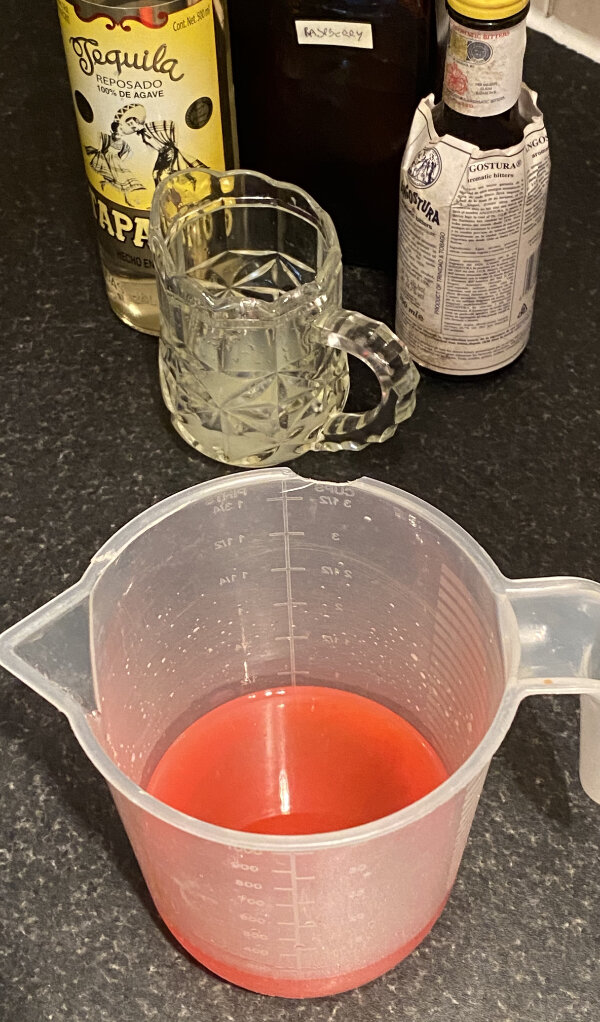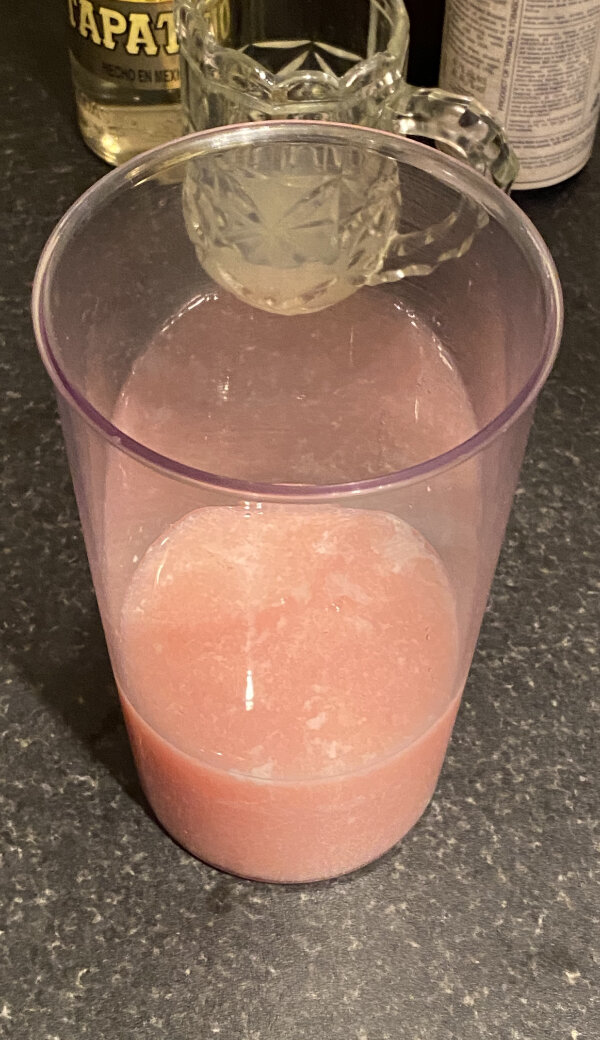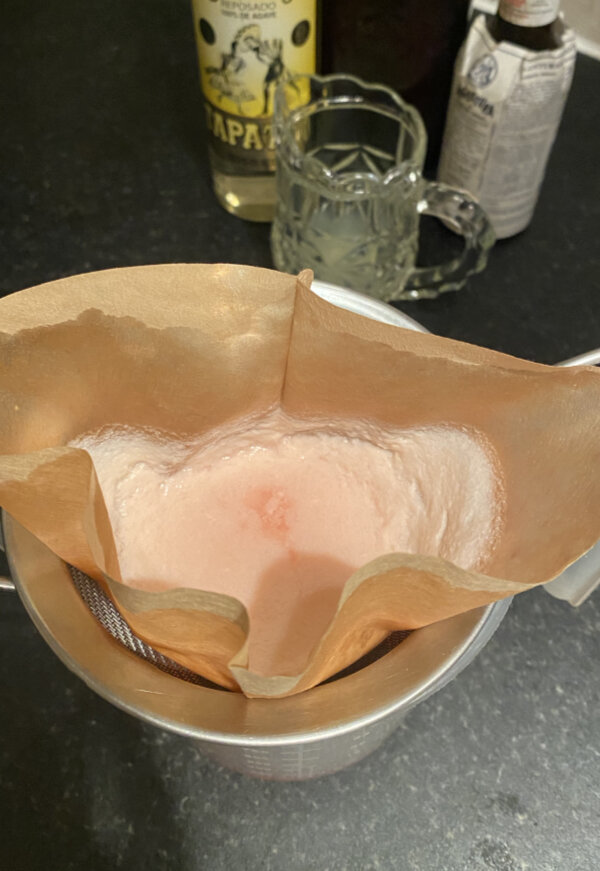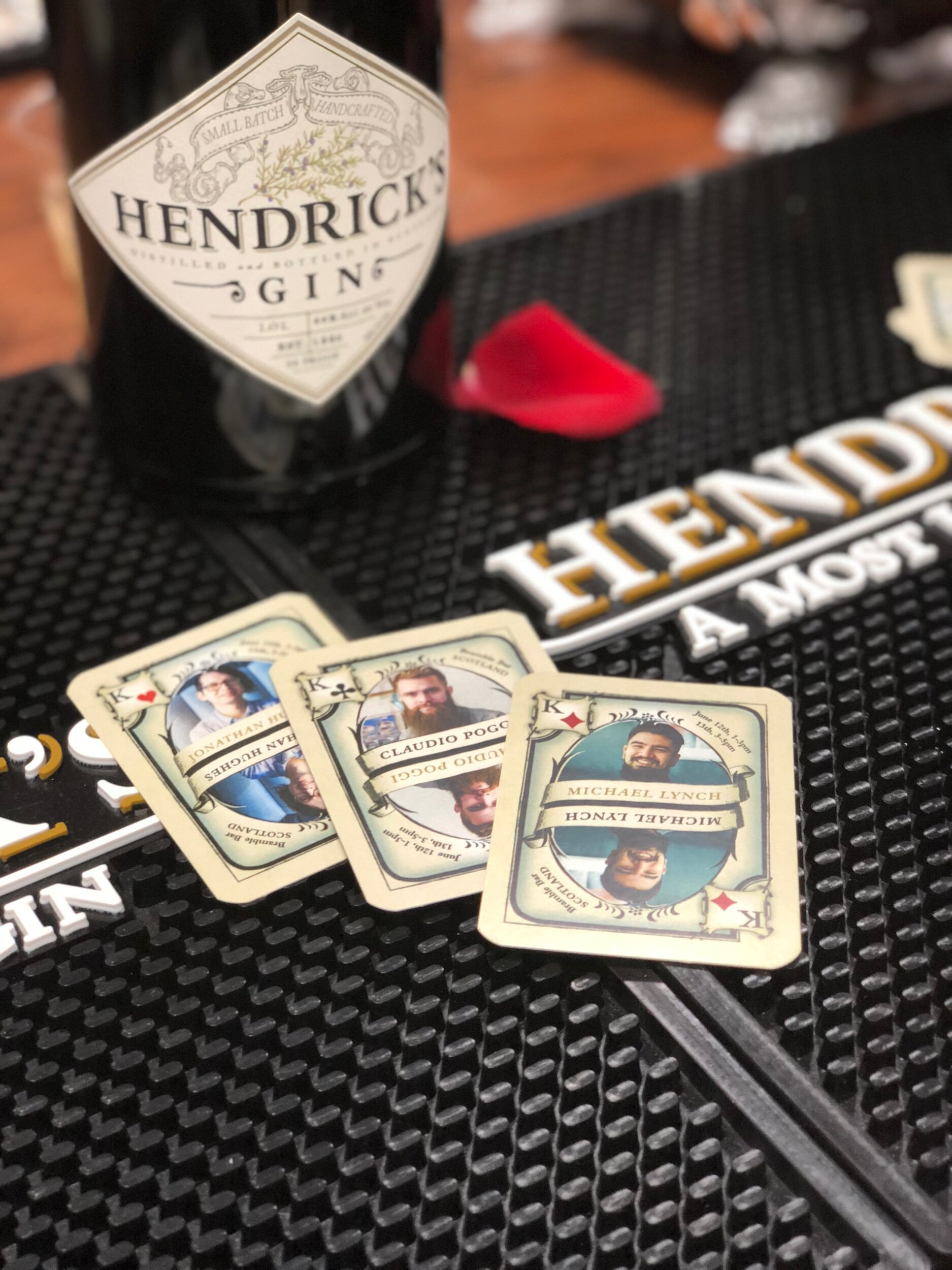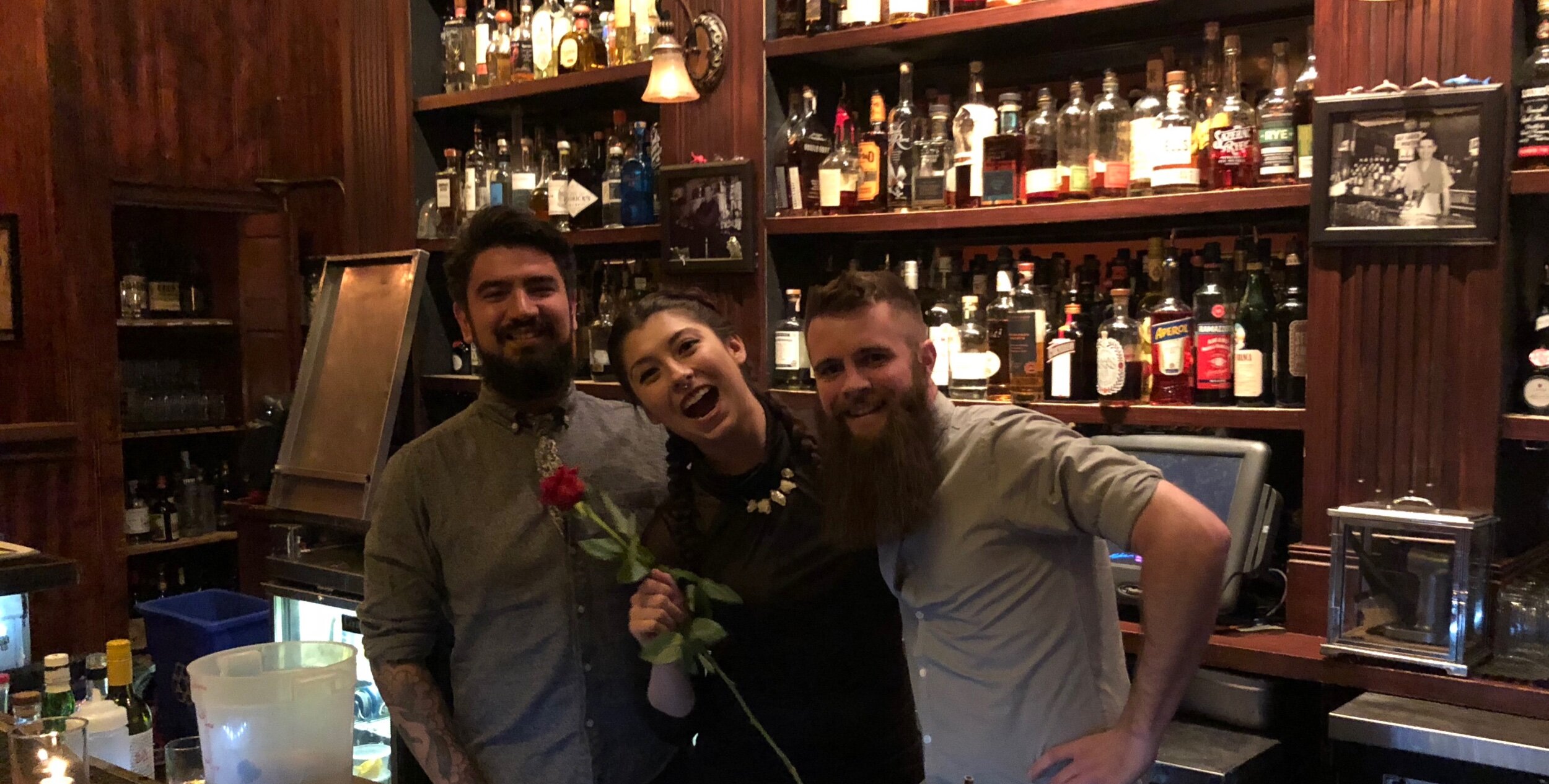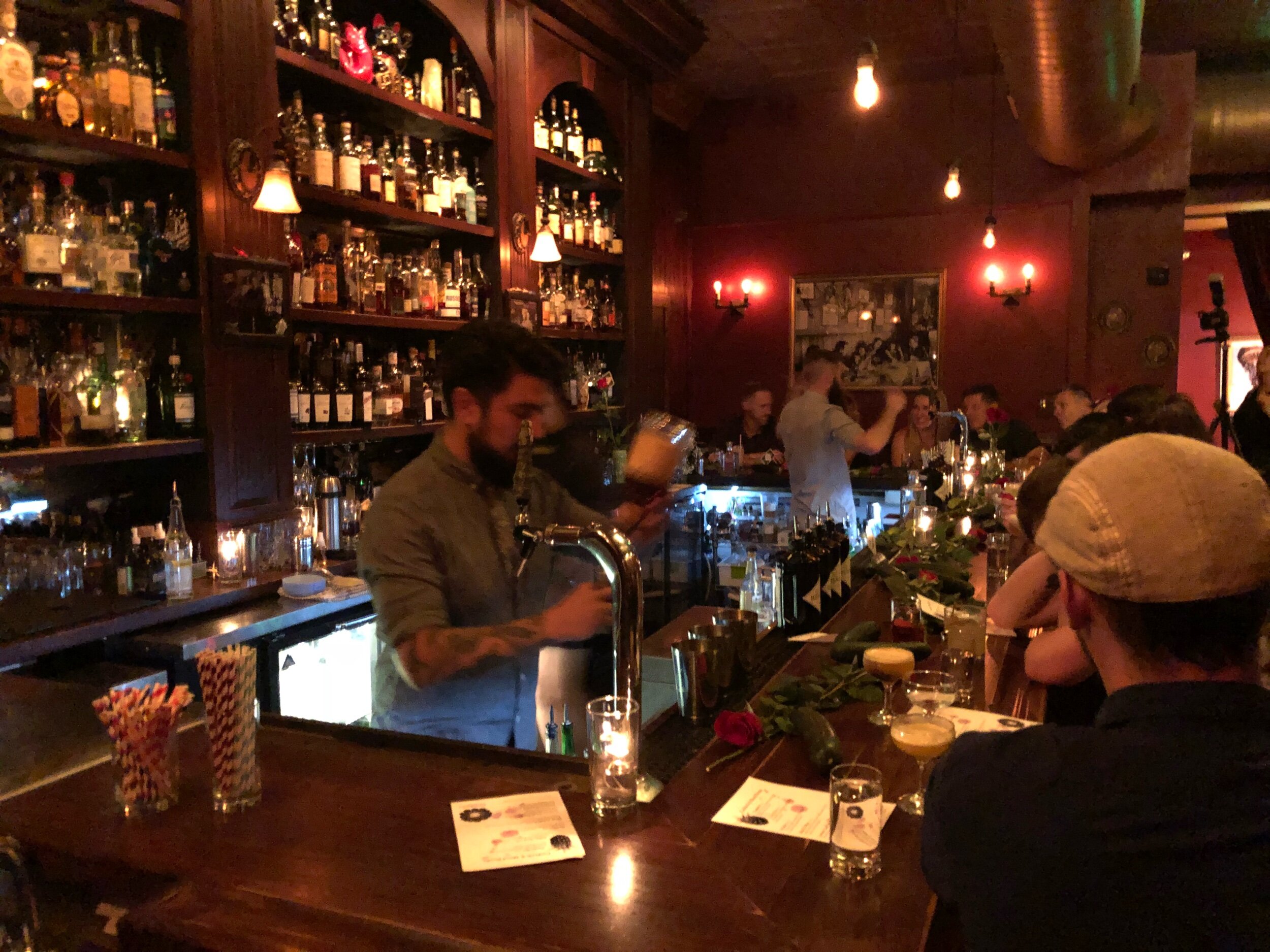Lockdown recipe diary #8: Mexican Firing Squad Special Milk Punch
Clarified milk punches are kind of the new hotness over the past few years, even though there’s records of the technique being used dating back to at least 1711. It’s a relatively simple way of making clear drinks that have a wide range of flavours that you don’t often find in liquids that aren’t opaque.
For all that’s is theoretically simple, there are a few different steps that require a fair bit of attention and I remember finding a lot of conflicting information when I first started experimenting with the form - I wouldn’t describe it as difficult but it is a process that’s quite involved. Over time, I’ve found a work flow that seems pretty solid for how I work.
The basic idea is that adding milk into a cocktail recipe causes the milk to split and form curds. Those curds clump together, trapping all the particles that make a liquid translucent, and can then be filtered out pretty easily.
The first step is finding a recipe. I wanted to do a tequila drink because a) tequila is great, b) I managed not to post anything relevant around Cinco de Mayo, and c) tequila is great. Given that I also have a bit of raspberry syrup kicking around after last week’s post, using that would be ideal.
One recipe that caught my eye was the Mexican “Firing Squad" Special from Charles H. Baker’s The Gentleman’s Companion:
Mexican “Firing Squad” Special
Build in a Collins glass filled with shaved ice:
4 oz tequila blanco
1.5 oz lime juice
2 tsps grenadine, to taste
2 dashes Angostura bitters
Garnish with a slice of orange.
Garnish with a slice of pineapple.
Garnish with a red cherry.
On paper, there’s one element that really stands out - the four ounces of tequila. In metric, that’s 120 ml or near enough five shots for the UK drinker which is, uh, a lot for a single drink. It’s a lot for two drinks.
It’s possible that the fact the drink is served long goes some way to taking the edge off the booze but I’m going to rework things a little. The original recipe has eight parts of tequila to three parts of lime juice to 2/3 of a part of grenadine; for my purposes, I’m revising it to 5:2:1 and swapping in raspberry syrup for the grenadine, so the recipe now looks a little like:
75 ml / 2.5 oz tequila
30 ml / 1 oz lime juice
15 ml / 0.5 oz raspberry syrup
2 dashes Angostura bitters
With a recipe sorted, we’re ready to start messing about with milk and stuff.
One of the first things to note about clarifying a milk punch is that it’s a technique that doesn’t lend itself to single serves - you’ll want to batch up a few serves at once, as getting from having your initial non-clarified drink to the final product takes a bit of time and repeating the process is, frankly, pretty dull. I started by pouring enough to make two serves into a mixing jug.
The next stage is the milk. I’m using full fat cow’s milk here - when using dairy, I’ve found everything goes a bit easier with full fat compared to semi-skimmed or skimmed. If you’re keen to keep things vegan, almond milk works as does oat milk if you want to avoid nuts.
I’ve heard and seen many people say that they recommend boiling the milk before doing anything but I can’t say I’ve found any benefit to doing that outside of wasting time and energy.
I’ve found using four parts of cocktail to one part of milk does everything I need it to. On this drink, I have just over 240 ml of pre-batched cocktail (the left-hand photo), so I measured 60 ml of milk into another jug (middle photo) and slowly poured the cocktail into the milk (right-hand photo). I’ve found better results pouring the cocktail into the milk rather the other way around but I’ve heard other folk claim the reverse.
I’ve found that the process of forming the curds is pretty quick but it’s worth leaving things for 10-15 minutes (longer if you’re doing higher volumes of liquid) to be on the safe side. If you’re not seeing the curds form, a little extra acidity will probably do the trick.
After that, we’re onto filtration and you shouldn’t need anything fancier than a coffee filter. Slowly fill it up and let it do its thing, refilling as needed until all the liquid is clarified. If it’s not totally transparent, you can run it over the curds in the coffee filter for a second time - they’ll work as a pretty effective physical filter in addition to the coffee filter.
Once everything's filtered and clear, you’re done - pour everything into a clean, labelled bottle until you want to serve it. There’s a bit of dilution that comes from adding the milk so I prefer chilling a clarified milk punch in the fridge and simply serving it over ice but giving it a bit of stir first won’t hurt it.

